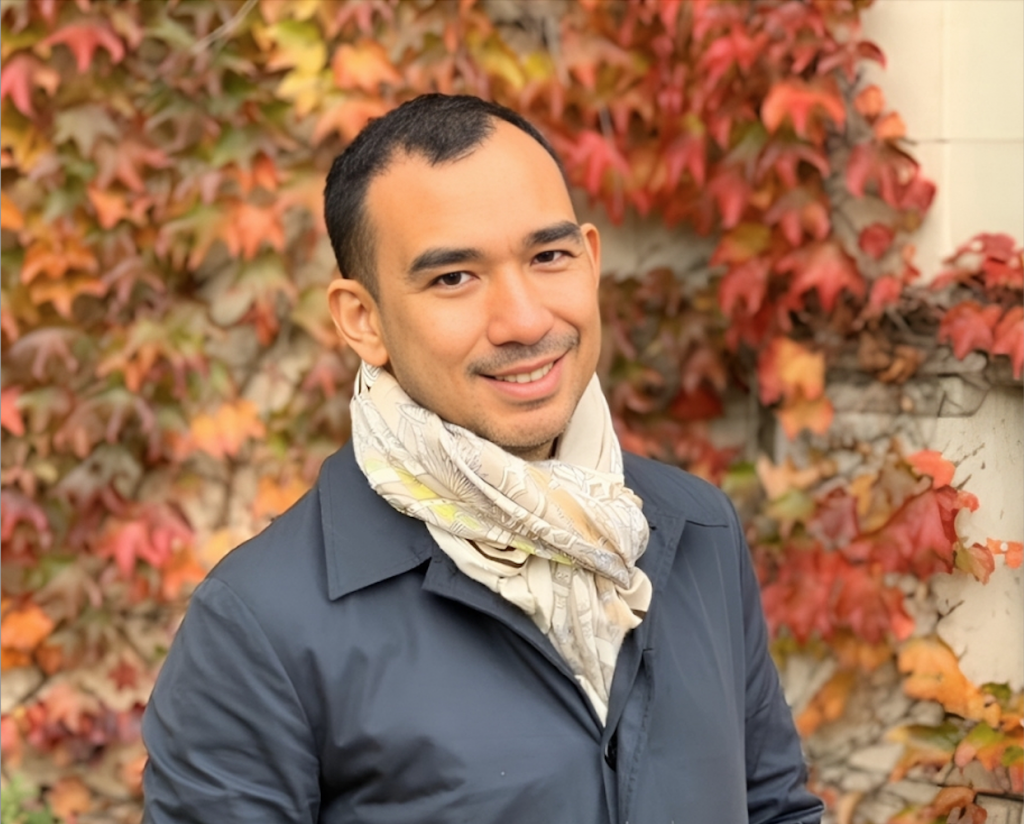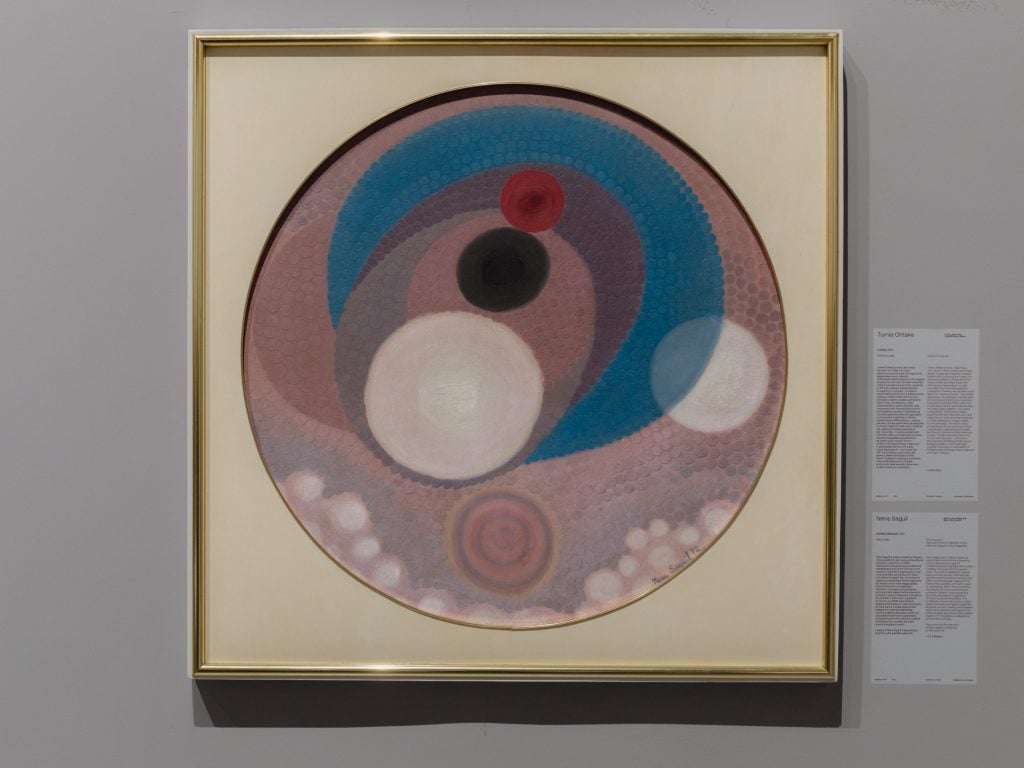Market
‘It’s Our Time to Shine’: A Manila Power Player on the Rise of Filipino Art
In a wide-ranging interview, Jaime Ponce de Leon discusses the history of the art market in the Philippines, and where it may be headed.

In a wide-ranging interview, Jaime Ponce de Leon discusses the history of the art market in the Philippines, and where it may be headed.

Jaime Ponce de Leon

The View From is excerpted from The Asia Pivot, Artnet Pro’s biweekly members-only newsletter providing mission-critical analysis, insights, and exclusive intelligence on developments in Asia’s art markets, with a focus on business opportunities and challenges. Subscribe here to receive it directly to your inbox.
Jaime Ponce de Leon is the founder and director of León Gallery, a gallery and auction house in Manila that specializes in the art of the Philippines.
Recently, when Artnet told me that they were surprised to see that 14 out of the 100 artists that were searched for the most on their database and website in February are Filipino artists, I said, Why not?
We have great artists in the Philippines. Our greatest Filipino artists have been very well recognized throughout history. In 1889, Juan Luna won an award for his painting at the Exposition Universelle in Paris. In the 20th century, the Filipino-born Alfonso Ossorio was in the same league as other Abstract Expressionists, like Jackson Pollock. In the 21st century, we have Ronald Ventura. Several Filipino and Filipino-born artists are featured in the main exhibition of the Venice Biennale.
The art market in the Philippines is very vibrant. In fact, we are probably the strongest in Southeast Asia. Indonesia trails behind us. It’s a very bustling art scene here. There’s great support from collectors, media, academics, students, art aficionados, and a great community. We have evolved, and we have put ourselves on a level that is very attuned to the international art market, particularly in the auction business. We have made records every year starting with José Joya in 2018, when we breached the $2 million mark for modern art in the Philippines.

Nena Saguil, Untitled (Abstract), 1972. National Fine Arts Collection of the National Museum of the Philippines. On view at 60th International Art Exhibition, La Biennale di Venezia, “Stranieri Ovunque—Foreigners Everywhere.” Photo by Matteo de Mayda.
Indeed, there is a very strong demand in the Philippines for modern Filipino art among Filipino collectors. Filipino modern art began in the 1940s. Pieces from the 1950s, especially works that come from the Philippine Art Gallery (PAG), which ran parallel to the Gutai [movement in Japan] and the New York School, are very much in demand. Some of these pieces have made their mark in international institutions in recent years.
In the 1970s and ‘80s, we had a lot of works of social commentary that responded to the Marcos era, as artists spoke of the way that they saw the government at the time. There’s a big demand for these works, too. We now have the rise of Ronald Ventura, who is probably the greatest living master in the Philippines. His works have a solid market in the region and beyond.
Around 80 percent of the demand is local. But foreign institutions and collectors in Southeast Asia, and some American and Spanish collectors, are also very interested in pieces from the 1950s. Works from this period by names such as Fernando M. Zóbel and Anita Magsaysay-Ho are most in demand. Nena Saguil, who was based in Paris for a long time, was doing nets and dots around the same time as Yayoi Kusama was working on hers. Now there’s been a reappraisal of her work, and a major European institution is very interested in her work.
It’s about time that we are getting this kind of recognition. You know, coming from a “third world” country—yes, we are—and being in Asia and brown, our artists were never considered to be part of the mainstream anywhere, even someone like Alfonso Ossorio. It was “out” to be brown, to be Black, in the 1950s. There was never serious recognition for someone like Ossorio until now, when a work of his is included in the Whitney and other institutions in the U.S. It’s about time that these artists are finally entering the consciousness of the international arena.
The timing has also given us an advantage in today’s world. It’s the right time for galleries like [Manila’s] Silverlens to open a space in New York showcasing a cluster of artists from our world and Filipino artists living in the States. The Manila-based artist management company DF Art Agency is also setting its sights abroad. And now the eyes are really on us, Asians, and the less-desired artists of the previous generations. It’s our time to really shine.
—as told to Vivienne Chow. The article was originally published in The Asia Pivot on April 3, 2024.